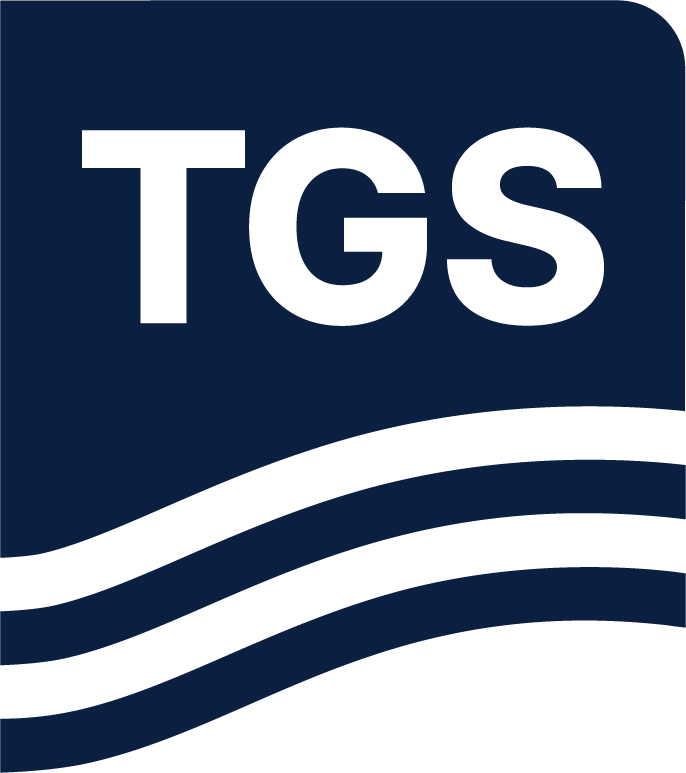Paper Summary
Acoustic FWI has been widely applied in seismic work programs. The normal derivative of the FWI velocity model, which is known as the FWI Image, has been shown to provide a highly interpretable product within a fraction of the time of conventional processing. FWI images are widely used to image reservoirs in a variety of settings, from simple stratigraphic traps to sub-salt exploration targets. However, failing to take into account the elastic effects in acoustic FWI can result in an FWI image that is smeared as a result of not accounting for amplitude and phase distortions. Elastic FWI can intrinsically solve for this but it requires not only much more computational cost but also accurate elastic models. Alternatively, a multi-angle acoustic FWI can be applied to handle the elastic AVO effects. The input data is first decomposed to different angle ranges, then acoustic FWI is applied to each of them separately, and FWI Image angle gathers are generated. With this approach, high resolution features are maintained in each angle gather. The elastic AVO parameters can then be accurately extracted from the FWI Image angle gathers term applied. This paper discusses the successful application of this approach to an OBC data set from the North Sea.

